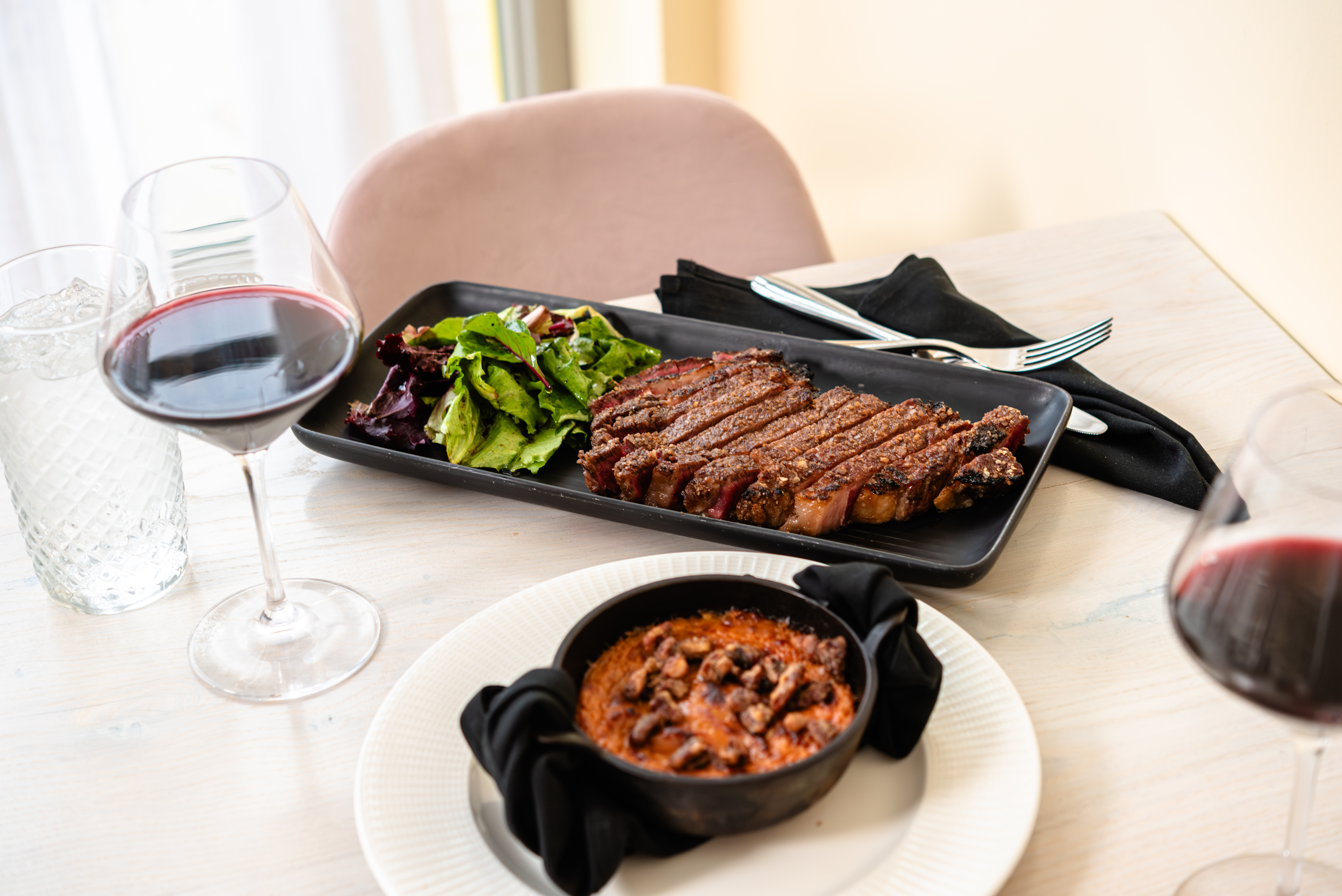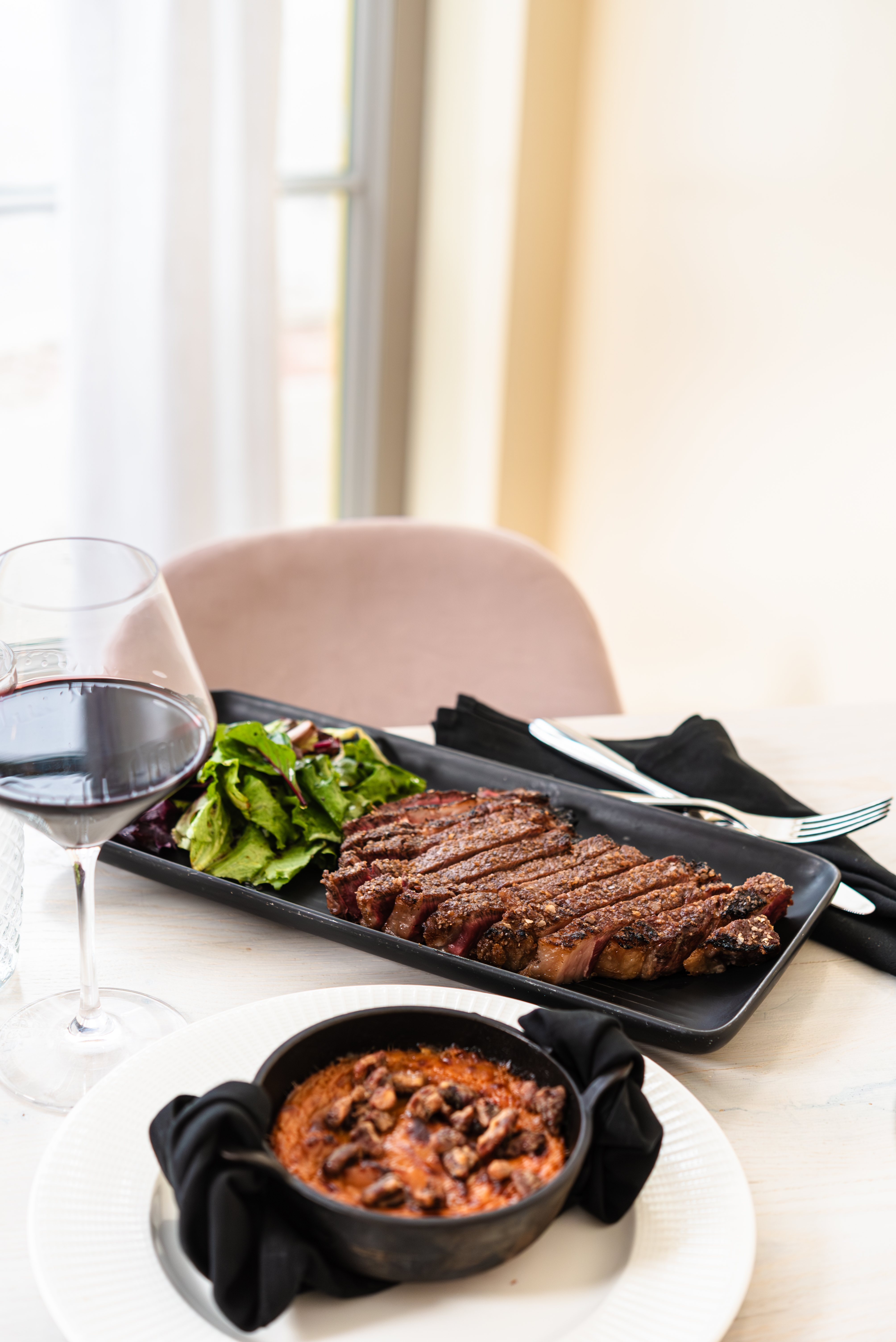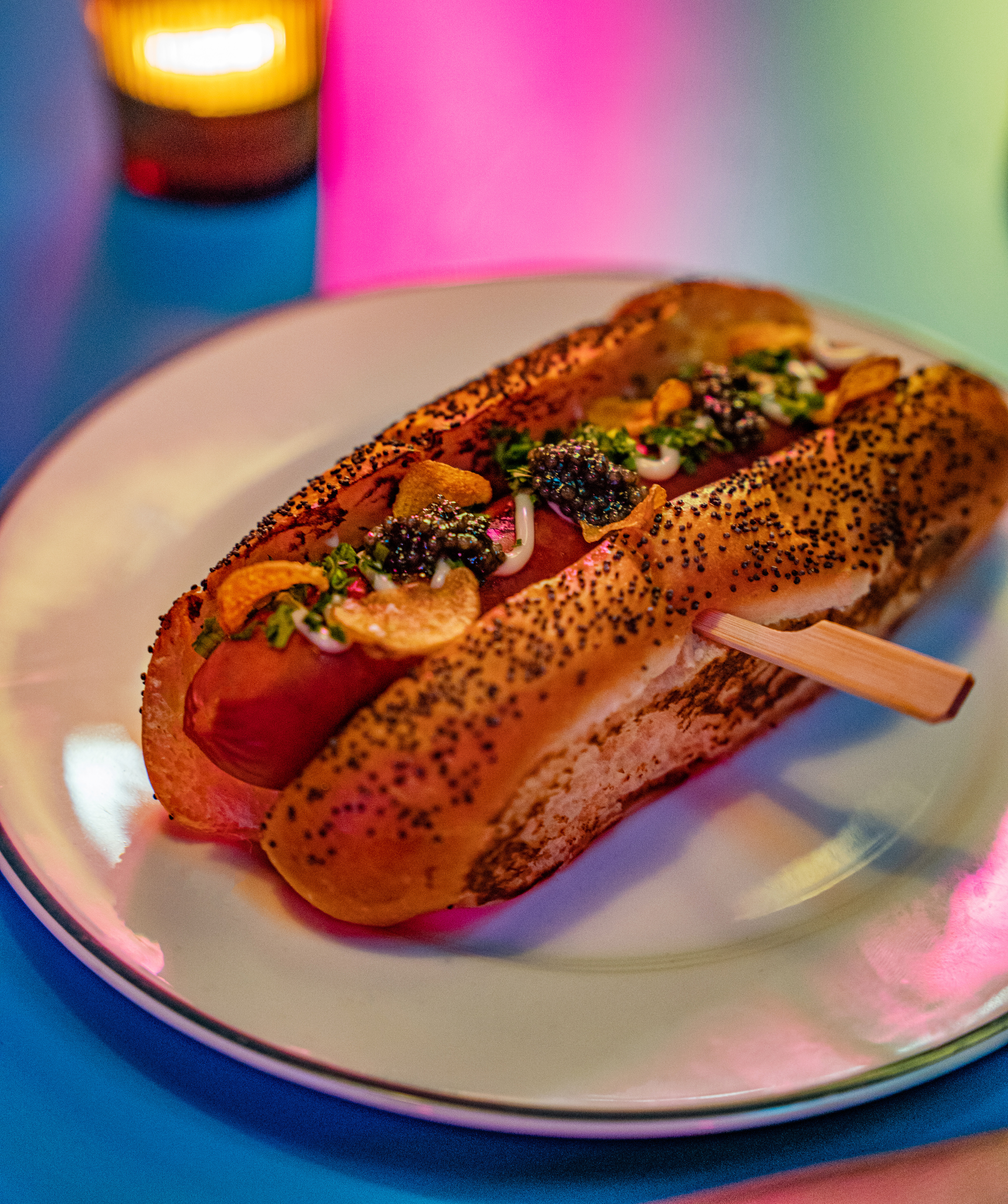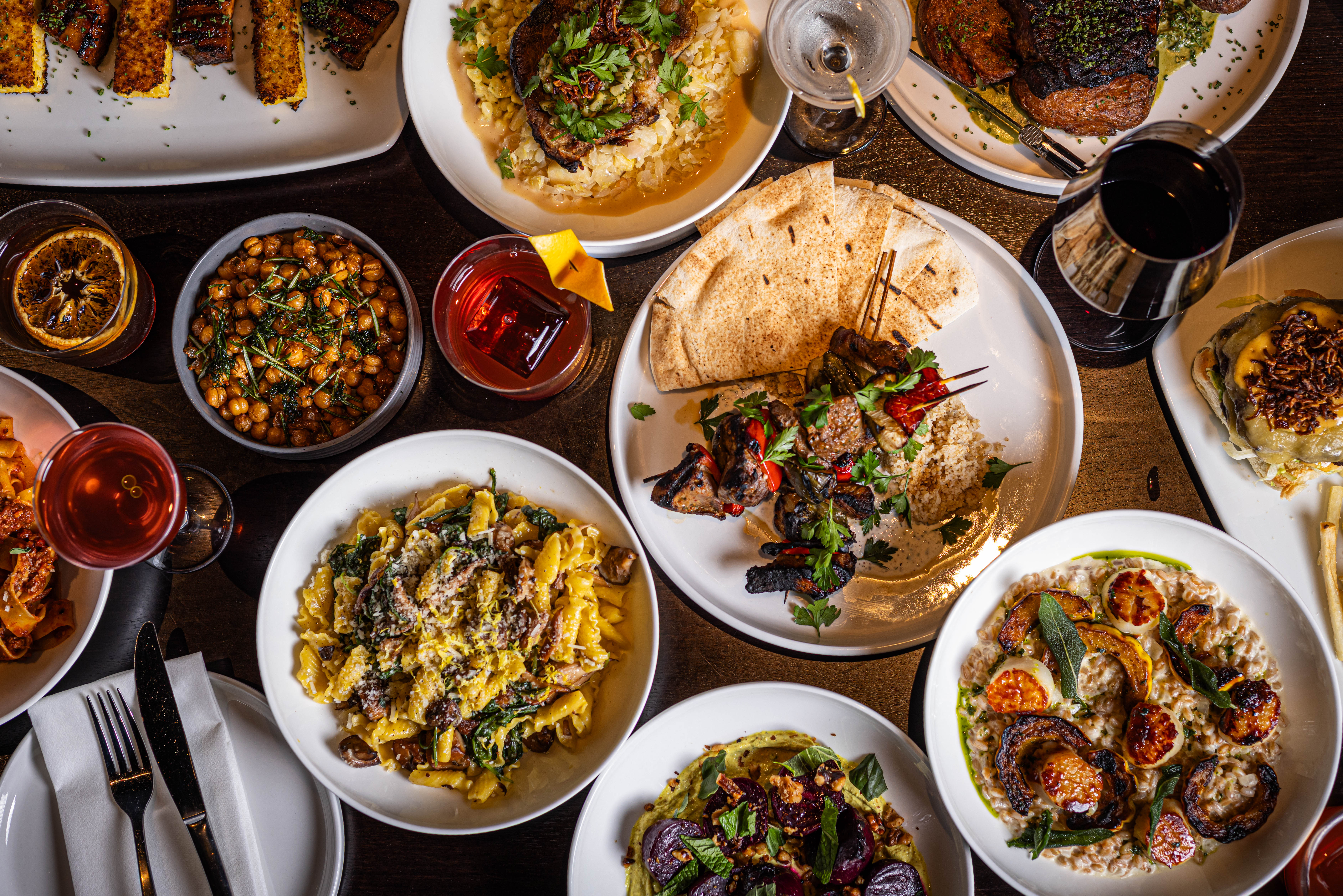There is more to our state's wines than just the sweet stuff we're famous for. "We have the Great Lakes," says Arnie Esterer, owner of Markko Vineyard. "You have to be close to the lake — within five or six miles to get the best benefit."
That allows Ohio winemakers to grow an array of grapes including these popular varieties: Concord, riesling, chardonnay, vidal, cabernet sauvignon and pinot noir.
So why the ice wine and Catawba-pink image?
"The Great Lakes has a sweeter palate than either coast," says Debonne Vineyards owner Anthony Debevc. "Either coast was inundated by dry wine from either Europe or California. The Midwest always had these other, native varieties that they could grow."
Here are all the juicy details on some of our region's favorite grapes.
Concord
Riesling
Chardonnay
Vidal
Cabernet
Sauvignon
Pinot Noir
Trending
-
1
-
2
-
3
-
4
-
5










